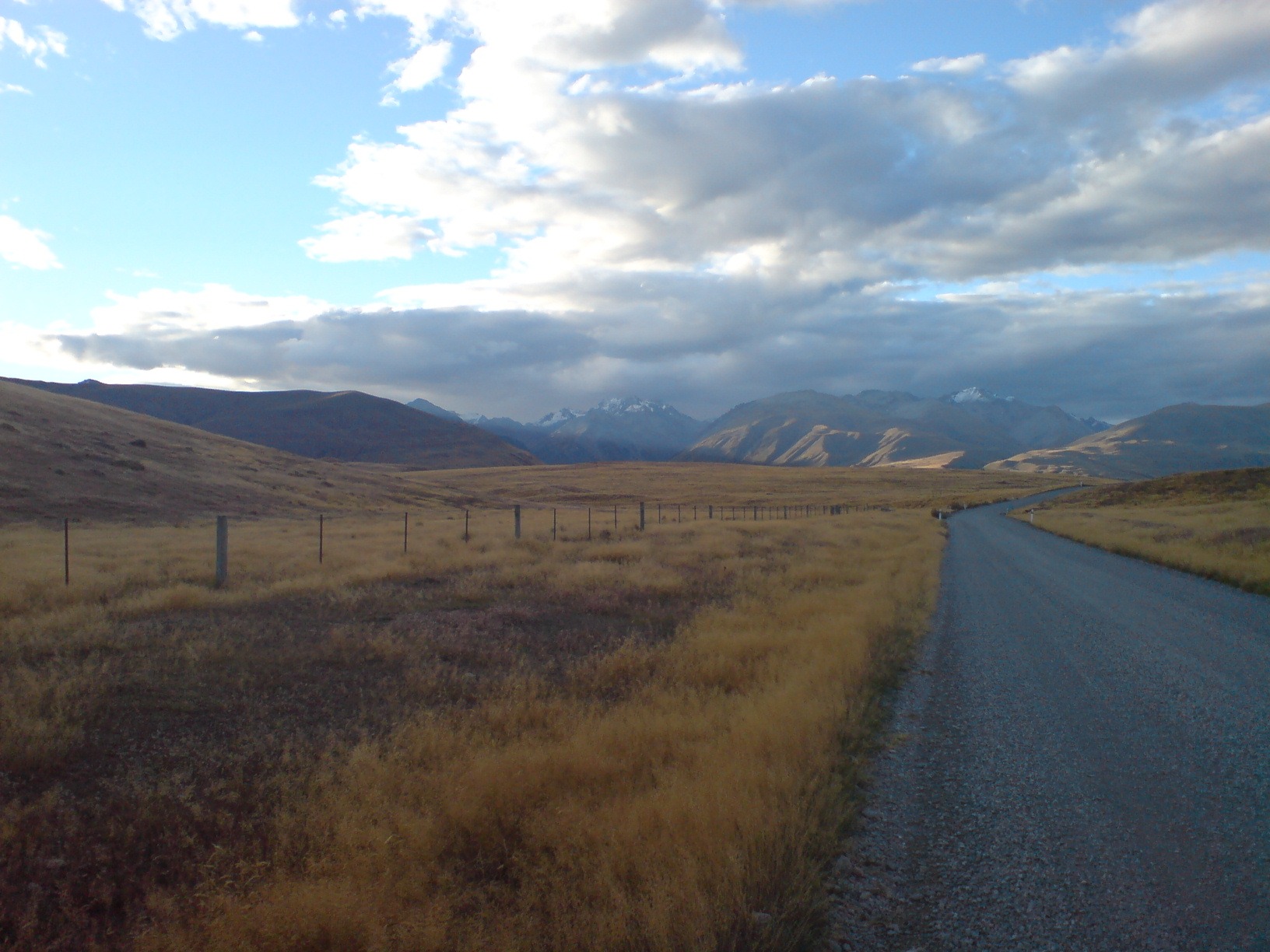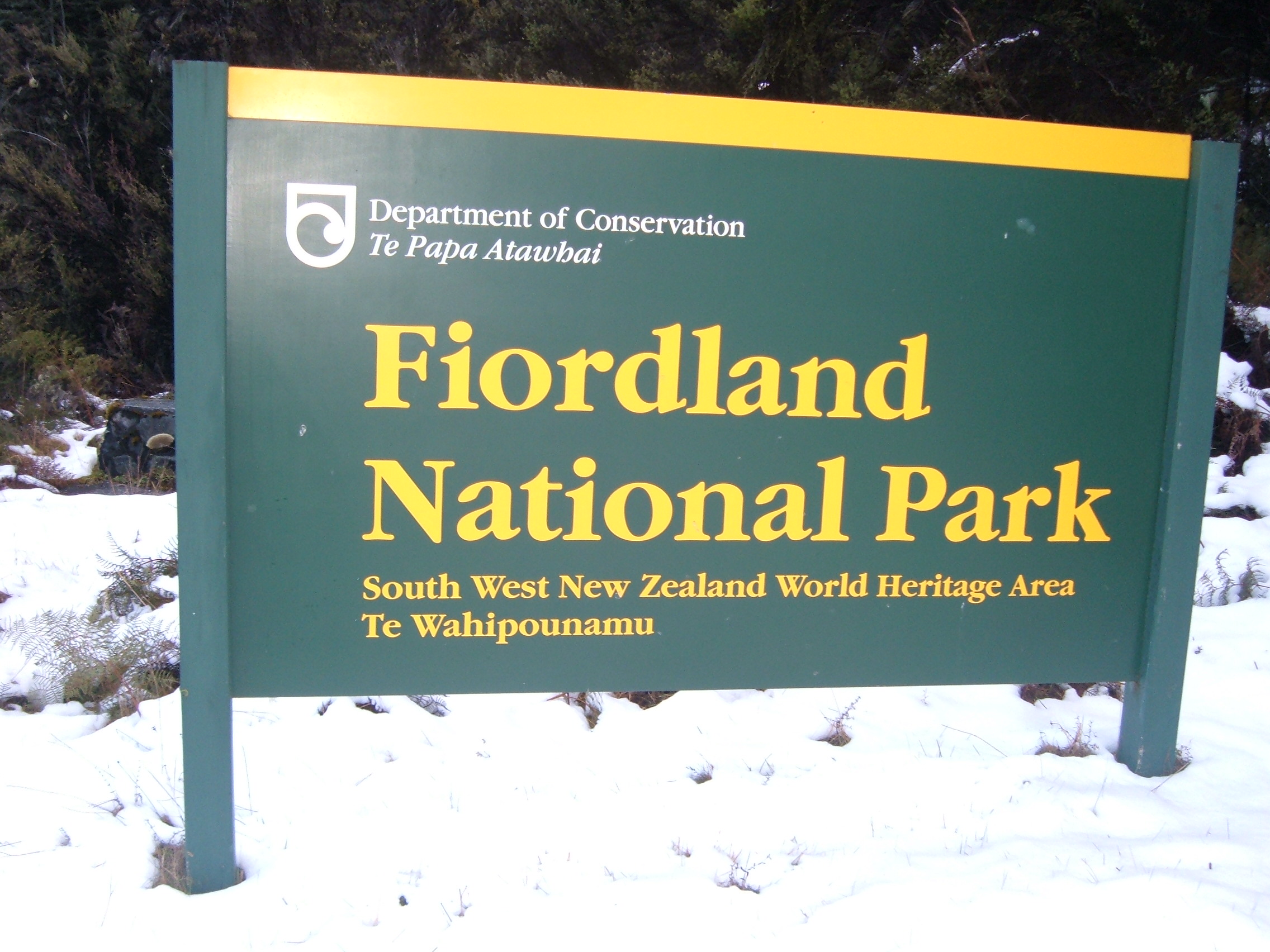|
Kopuwai
The Old Man Range, also called Kopuwai, is a mountain range in Central Otago, in the South Island of New Zealand. It lies to the west of the valley of the Clutha River, close to the town of Alexandra and the artificial Lake Roxburgh. The range stretches north-south for a distance of some . Part of the range forms the border between the Otago and Southland Regions. The range's Māori name, ''Kopuwai'', means "Water Swallower", and was the name of a mythical giant who lived in the area.Kopuwai Conservation Area ''''. Retrieved 20 July 2023. [...More Info...] [...Related Items...] OR: [Wikipedia] [Google] [Baidu] |
Roxburgh, New Zealand
Roxburgh (previously called Teviot and Teviot Junction) is a small New Zealand town of about 600 people in Central Otago. It is in Teviot Valley on the banks of the Clutha River, south of Alexandra, New Zealand, Alexandra in the South Island. New Zealand State Highway 8, State Highway 8, which links Central Otago with Dunedin city, passes through the town. Roxburgh is well known for its Summer fruit and "Jimmy's Pies." An important centre during the Otago gold rush of the 1860s, in more recent times Roxburgh has relied on a mixture of livestock and stone fruit production for its economic survival. It is one of the country's most important apple growing regions and other stone fruit such as cherries and apricots are also harvested locally. Five kilometres to the north of the town is the Roxburgh Dam, the earliest of the major hydroelectricity, hydroelectric dams built on the Clutha. There is also an opencast lignite mine located just north of town at Coal Creek. History The t ... [...More Info...] [...Related Items...] OR: [Wikipedia] [Google] [Baidu] |
Waikaia River
The Waikaia River is a river in New Zealand, a tributary of the Mataura River. The name is probably a corruption of Wai-o-Whakaea. The moderate sized Waikaia River rises in swamps and tussock land in the Umbrella Mountains to the east of the headwaters of the Pomahaka River and then flows south for through rugged native bush-clad hills and then from Piano Flat through farmed areas until it joins the Mataura River at Riversdale. Much of the upper valley is in beech forest. Below Piano Flat the river meanders across a floodplain, much of it irrigated for dairy farming. Total nitrogen concentration in the lower river is 0.47g/m3. Its tributaries include Gow Burn, Steeple Burn, Dome Burn, Winding Creek and Argyle Burn with the Dome Burn and Steeple Burn being brown trout spawning streams for the Mataura River system. Nokomai patterned mire, in the upper catchment, is part of a relatively unmodified wetland on several square kilometres of the southern Garvie Mountains. It is po ... [...More Info...] [...Related Items...] OR: [Wikipedia] [Google] [Baidu] |
Farewell Spit
Farewell Spit () is a narrow sand spit at the northern end of the Golden Bay, in the South Island of New Zealand. The spit includes around of stable land and another of mobile sand spit running eastwards from Cape Farewell, the northern-most point of the South Island. Farewell Spit is the longest sand spit in New Zealand, and is a legally protected Nature Reserve. The area is designated as a Ramsar wetland site and an East Asian–Australasian Flyway Shorebird Network site. Farewell Spit is administered by the Department of Conservation as a seabird and wildlife reserve. Apart from a small area at the base of the spit, it is closed to the public except through organised tours. Conservation initiatives are in progress towards eliminating mammalian predators from Farewell Spit, including a proposal for a predator-proof fence. The spit has been the site of many shipwrecks and vessel strandings, particularly in the era of merchant sailing vessels. A lighthouse with a tower c ... [...More Info...] [...Related Items...] OR: [Wikipedia] [Google] [Baidu] |
Lake Alexandrina (New Zealand)
Lake Alexandrina (Māori language, Māori: ''Whakatukumoana'') is a lake located in the Mackenzie Basin of New Zealand's South Island. It lies immediately to the west of the much larger Lake Tekapo (New Zealand), Lake Tekapo and further to the east of Lake Pukaki (New Zealand), Lake Pukaki, located to the north of Lake Tekapo (town), Lake Tekapo township. It is a shallow lake with distinct indications of glacial origin and is spring fed with an outlet on its eastern shore midway down the lake. The outlet feeds into a smaller lake, Lake MacGregor before feeding into Lake Tekapo described as “Opaque and milky blue” in colour. In the desert terrain of the Mackenzie Plains, Lake Alexandrina is considered as an “oasis of life”. Lake Alexandrina is a Wildlife Refuge and a delight to a fisherman, well documented for its brown and rainbow trout and salmon. Geography Categorised as a Canterbury High County lake in the Mackenzie Basin, it lies a short distance from Lake Tekapo while ... [...More Info...] [...Related Items...] OR: [Wikipedia] [Google] [Baidu] |
Lake Pukaki
Lake Pukaki () is the largest of three roughly parallel alpine lakes running north–south along the northern edge of the Mackenzie Basin on New Zealand's South Island. The others are Lakes Tekapo and Ōhau. All three lakes were formed when the terminal moraines of receding glaciers blocked their respective valleys, forming moraine-dammed lakes. The Alps2Ocean mountain bike trail follows the edge of Lake Pukaki for part of its length. Geography The glacial feed to the lakes gives them a distinctive blue colour, created by glacial flour, the extremely finely ground rock particles from the glaciers. Lake Pukaki covers an area of , and the surface elevation of the lake normally ranges from above sea level. The lake is fed at its northern end by the braided Tasman River, which has its source in the Tasman and Hooker Glaciers, close to Aoraki / Mount Cook. To the west of Lake Pukaki lies the Ben Ohau mountain range with Ben Dhu () and Betty Hill () closest to the lake. On the ... [...More Info...] [...Related Items...] OR: [Wikipedia] [Google] [Baidu] |
Otago Gold Rush
The Otago gold rush (often called the Central Otago gold rush) was a gold rush that occurred during the 1860s in Central Otago, New Zealand. This was the country's biggest gold strike, and led to a rapid influx of foreign miners to the area – many of them veterans of other hunts for the precious metal in California and Victoria, Australia. The number of miners reached its maximum of 18,000 in February 1864. The rush started at Gabriel's Gully but spread throughout much of Central Otago, leading to the rapid expansion and commercialisation of the new colonial settlement of Dunedin, which quickly grew to be New Zealand's largest city. Only a few years later, most of the smaller new settlements were deserted, and gold extraction became more long-term, industrialised-mechanical process. Background Previous gold finds in New Zealand Previously gold had been found in small quantities in the Coromandel Peninsula (by visiting whalers) and near Nelson in 1842. Commercial inte ... [...More Info...] [...Related Items...] OR: [Wikipedia] [Google] [Baidu] |
Caples Terrane
Caples may refer to: People * Garrett Caples (b. 1972), American poet * Harry Caples (1896 - 1933), Australian representative rugby league footballer * Yvonne Caples (b. 1972), women's boxing champion Place name * Caples, Washington, United States See also * Caple, a surname {{disambiguation, surname ... [...More Info...] [...Related Items...] OR: [Wikipedia] [Google] [Baidu] |
Haast Schist
The Haast Schist, which contains both the Alpine and Otago Schist, is a metamorphic unit in the South Island of New Zealand. It extends from Central Otago, along the eastern side of the Alpine Fault to Cook Strait. There are also isolated outcrops of the Haast Schist within the central North Island. The schists were named after Haast Pass on the West Coast, New Zealand, West Coast. The Haast Schist can be divided geographically from north to south into the Kaimanawa, Terawhiti, Marlborough, Alpine, Otago and Chatham schist. Description The metamorphic grade progresses from greenschist, biotite, garnet and finally orthoclase. Myrmekite, Myrmekitic textures occur within oligoclase within the garnet zone. The schist's protoliths were the greywacke and argillite of the Caples Terrane and Torlesse Composite Terrane. The schists were originally brought to the surface of the Earth's crust in the Cretaceous and again during the Kaikoura Orogeny along the Alpine Fault. Pounamu (Jade) is ... [...More Info...] [...Related Items...] OR: [Wikipedia] [Google] [Baidu] |
Earnscleugh River
The Earnscleugh or Fraser River is a river of the Otago Region of New Zealand. It arises in the Old Man Range and flows north-east to the Fraser Dam, then south-east to the Clutha River about 4 km (2.5 miles) west of Alexandra. The name Earnscleugh is given to the upper reaches of the river. The lower reaches are called the Fraser River, after one of the owners of Earnscleugh Station, William Fraser, who introduced rabbits to the area. See also *List of rivers of New Zealand This is a list of all waterways named as rivers in New Zealand. A * Aan River * Acheron River (Canterbury) * Acheron River (Marlborough) * Ada River (New Zealand), Ada River * Adams River (New Zealand), Adams River * Ahaura River * Ahuriri R ... References Land Information New Zealand- Search for Place Names Rivers of Otago Rivers of New Zealand {{Otago-river-stub ... [...More Info...] [...Related Items...] OR: [Wikipedia] [Google] [Baidu] |
New Zealand Department Of Conservation
The Department of Conservation (DOC; Māori language, Māori: ''Te Papa Atawhai'') is the public service department of New Zealand charged with the conservation of New Zealand's natural and historical heritage. An advisory body, the New Zealand Conservation Authority, New Zealand Conservation Authority (NZCA) is provided to advise DOC and its ministers. In addition there are 15 conservation boards for different areas around the country that provide for interaction between DOC and the public. Functions and history Overview The department was formed on 1 April 1987, as one of several reforms of the public service, when the ''Conservation Act 1987'' was passed to integrate some functions of the Department of Lands and Survey, the New Zealand Forest Service, Forest Service and the New Zealand Wildlife Service, Wildlife Service. This act also set out the majority of the department's responsibilities and roles. As a consequence of Conservation Act all Crown land in New Zealand ... [...More Info...] [...Related Items...] OR: [Wikipedia] [Google] [Baidu] |
New Zealand
New Zealand () is an island country in the southwestern Pacific Ocean. It consists of two main landmasses—the North Island () and the South Island ()—and List of islands of New Zealand, over 600 smaller islands. It is the List of island countries, sixth-largest island country by area and lies east of Australia across the Tasman Sea and south of the islands of New Caledonia, Fiji, and Tonga. The Geography of New Zealand, country's varied topography and sharp mountain peaks, including the Southern Alps (), owe much to tectonic uplift and volcanic eruptions. Capital of New Zealand, New Zealand's capital city is Wellington, and its most populous city is Auckland. The islands of New Zealand were the last large habitable land to be settled by humans. Between about 1280 and 1350, Polynesians began to settle in the islands and subsequently developed a distinctive Māori culture. In 1642, the Dutch explorer Abel Tasman became the first European to sight and record New Zealand. ... [...More Info...] [...Related Items...] OR: [Wikipedia] [Google] [Baidu] |




